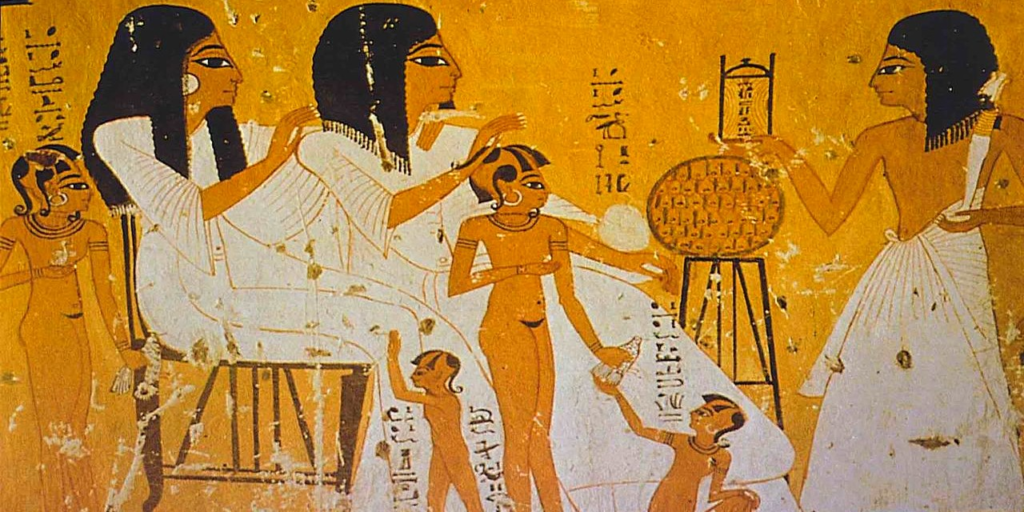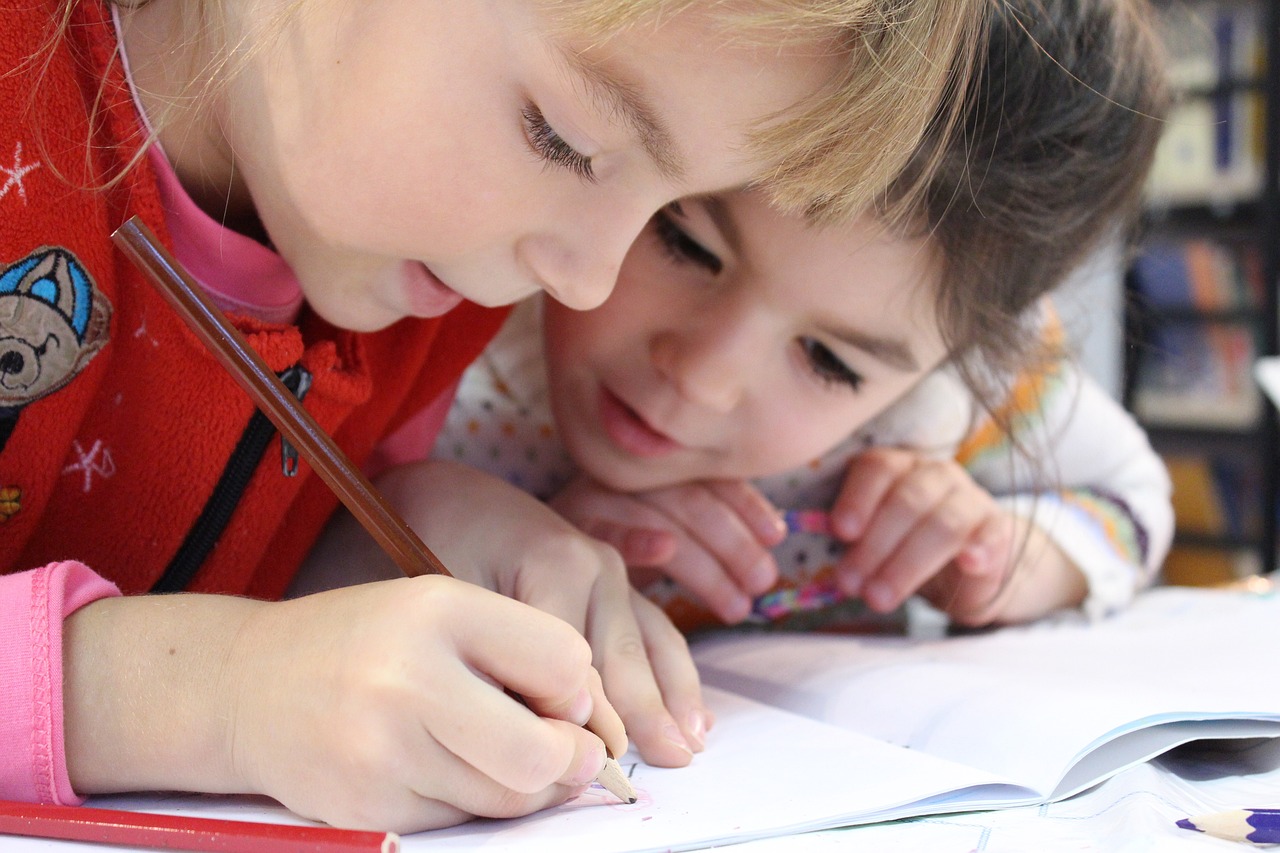When you think of school, what comes to mind? Classrooms, desks, maybe a playground? Believe it or not, school wasn't always like this. In today's post, we will learn a little more about the history of the school institution and how it has changed over time.
So… Who invented it?

This is an intriguing and somewhat difficult question to answer, as school means different things to different people. Some children take classes in a classroom, while others study at home. Some even take classes in the forest, like some children in Denmark. As long as you're there to learn every day, it's school. But where did the idea for the school come from? Someone had to think of it, right? Before humans started bringing children together every day to learn, schools didn't exist.
The Old Way of Teaching
Before thinking that older children had it easy and just spent the day playing with their friends, it is important to remember that it was very difficult to be a child at that time. There were no stores to buy necessary things, no buildings to live in, and there were wild animals that could attack at any time. Children needed to learn how to hunt, fish and build safe shelters to survive. However, there were no schools to teach them. For thousands of years, someone in your community taught each child what they individually needed to know, and it worked.
The Need for Schools
This makes me wonder: if this teaching method worked, why do we need to invent schools? Why couldn't adults continue teaching children at home?
Before we go any further, I'm curious. What do you think? Why were schools invented? Now is a good time to leave your comment and exchange ideas.
The Origin of Schools
Although we don't know how you responded, perhaps you thought that schools were invented because some adults didn't know how to teach children certain things. That makes sense. Adults are smart, but they don't know everything.
Think to me: what if almost everyone in a village was terrible at fishing, while your friend's mother managed to catch a million fish with her eyes closed? It makes sense that your friend's mother was the community's fishing teacher, right? That's what people started doing. Instead of teaching children individually, they began to have experts in fishing, hunting, or shelter building teach groups of children what they needed to learn.
The First Schools

This idea worked so well that people started building specific places just for learning, like in Ancient Egypt. There, writing was really difficult to learn, and almost no one knew how to do it. However, if you were a boy from a wealthy family, you might be lucky enough to attend a scribal school to learn how to write. The scribal schools were some of the first to meet in royal buildings. Children who attended these special schools spent hours a day copying symbols onto clay tablets or paper made from leaves.
It wasn't just the Egyptians who invented school. In ancient China, boys whose fathers were relatives or friends of the emperor attended city schools to learn mathematics, poetry, and even how to respect their grandparents. Oh, and they spent part of the day learning how to use bows and arrows.
The Evolution of Schools
Over time, schools began to appear in different places, such as in ancient Greece, where boys started school at the age of seven and learned mathematics, reading, writing and even wrestling. However, school was almost never free, so many children could not afford to attend.
Now I ask you… Did you notice anything unfair about these old schools? Yes, only boys could attend and only rich people! Shouldn't everyone be allowed to go to school?
The Fight for Inclusive Education

Over time, many people began to believe this, including Catharine Beecher. She felt that girls should be allowed to go to school and also become teachers. So she started special schools where girls could learn to teach. She wasn't the only one. Horace Mann, for example, believed that all children should be able to go to school, regardless of whether they were rich or poor, and he helped create laws to make this possible. However, even though people like Horace Mann and Catharine Beecher tried hard to make things fairer, they were not entirely successful.
For a long time, there were places in the United States where black students were not allowed to attend the same schools as white students. That only began to change when a brave six-year-old girl named Ruby Bridges walked up the steps of William Frantz Elementary School in the southern United States. When laws in the United States changed, Ruby was the first black girl to attend a white school, even though many people didn't want that to happen.
The Evolution of the School
People like Ruby Bridges have helped make our schools much better, but they didn't invent the idea themselves. Many people invented school, from the first humans who taught groups of children how to survive, to the ancient Egyptians and Chinese who built some of the first school buildings. Even children, like Ruby Bridges, have contributed to making school fairer for everyone.
We still have a lot of work to do to make school the best it can be, but the good news is that the idea of school is still growing and being invented every day.
The Future of School
This makes me wonder: if it were up to you, how would you make the school better? Building more playgrounds, taking classes outdoors? It's good to think, because in the end it is we, as a society, who define what to teach and how to teach it!
With this question, I end the text! A big hug!
references
This article is a translation and adaptation of the video Who invented school? from the channel Mystery Science.It is worth checking!





